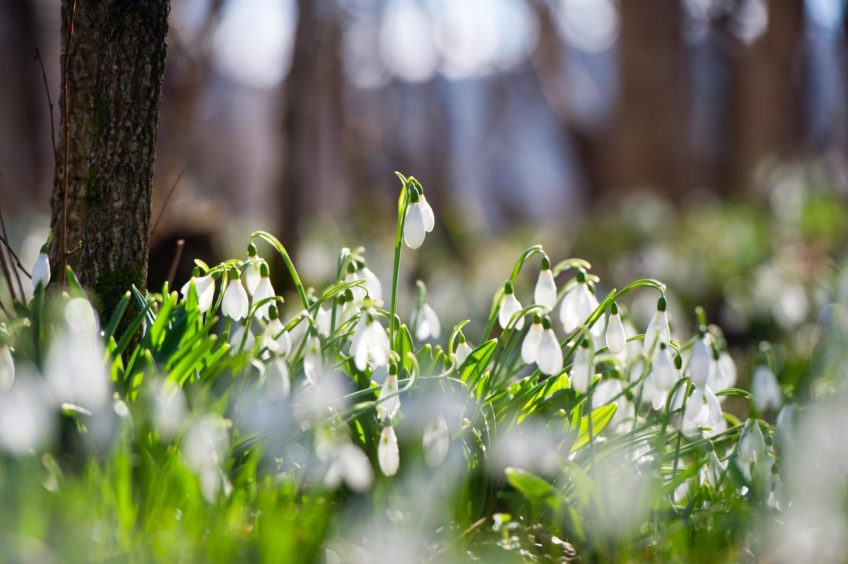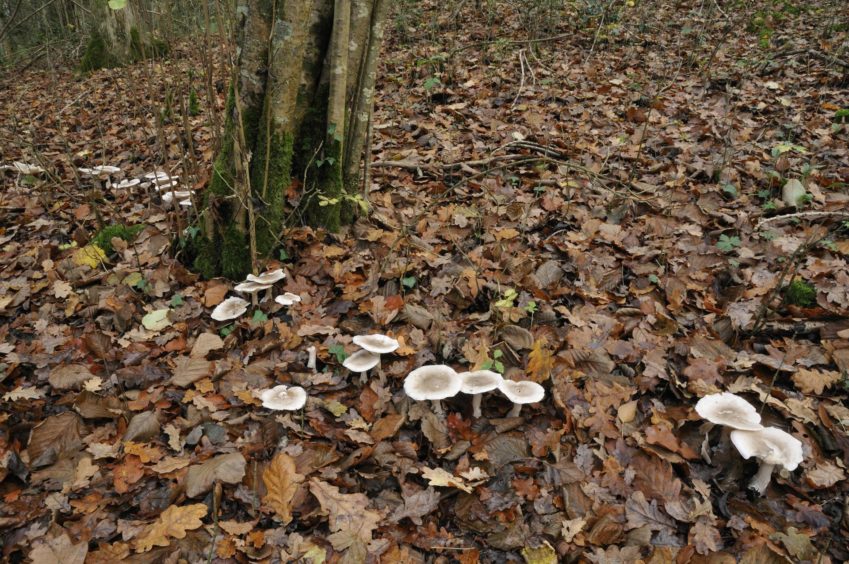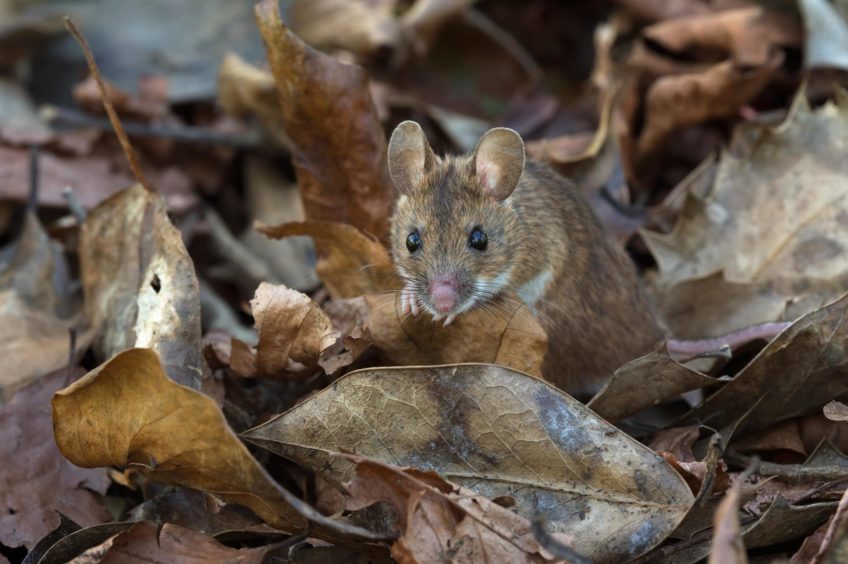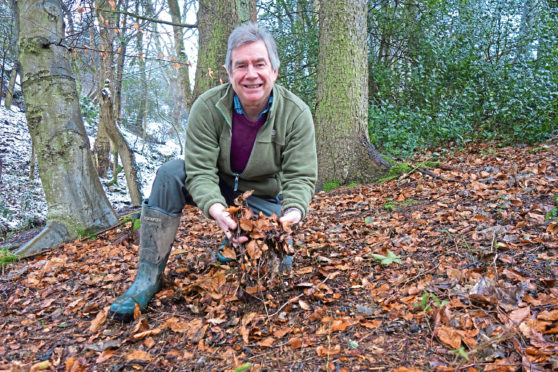It may feel like we’re still in winter’s embrace, but deep in the heart of some lonesome woods Keith detects the first signs of spring.

On this secluded woodland near where I live, little green spikes poked through the claggy leaf litter, reflecting an emerging dawn of new life.
They were ramsons (wild garlic) shoots, and as I hunkered down, it was impossible to resist the temptation of brushing my fingertips against their vibrant freshness. I knew they were ramsons because every spring this little patch of wood sparkles with their white blousy blooms; the air hanging heavy with a wonderful pungent, garlicky aroma. For now, they were just little slivers of glowing life, but in the coming months they will burst forth with astonishing verdancy, their broad, elongated leaves enveloping the woodland floor in a lime-tinted sea.
Nearby, a patch of snowdrops flowered in their white-spangled beauty. In some parts of the country the snowdrop is known as the “snow-piercer” because of the way they push their emerging spears through the snow, aided by a protective sheath that covers the tip of the flowering stem.
I scooped my hands into the decaying carpet of leaves and then let the detritus slowly crumble through my fingers, revealing a banded snail and a couple of tiny slugs. The snail, which was hibernating, sported a wonderful yellowish shell, spiralled with darker bands. Only the previous day, I had found the smashed shells of several of these snails scattered on the ground – the handiwork of a song thrush. It had used an exposed tree root as an anvil to smash the snails open, a clever ploy which enables it to take advantage of a nutritious food source.

I dug my fingers once more into the leaf litter, revelling in its rich ambience – a haven for all kinds of micro-creatures and offering a protective blanket on the woodland floor. An abundance of organisms, including worms, millipedes, spiders, and microscopic decomposers such as fungi and bacteria thrive in this unique environment. This is a place of shelter for invertebrate hibernators, eggs and pupae, safe from frosts in the air above.

The rotting leaves also provide essential nutrients and structure to the soil. Leaf mould is one of the engine rooms of our ecosystem, providing support and sustenance for a host of creatures, and creating the very earth under our feet.
Such places are eagerly sought out by blackbirds and thrushes, rapidly turning over the withered leaves with their beaks in search of the bounty below.
I rose to my feet, and continued on my way, scanning the ground all the while for more signs of ramsons and snowdrops. A clatter in the trees above, and a pair of woodpigeons wheeled away, their flashing wings caught against a grey sky. I imagine they too had recently been foraging on the ground below, seeking out fallen beech mast and acorns – another hidden treasure found within the dark, leafy embrace of the woodland floor.
Info
All the leaves, twigs, feathers, insect parts, and other debris that falls on the forest floor form the leaf litter. As well as home to a multitude of creatures, it also protects young seedlings.










